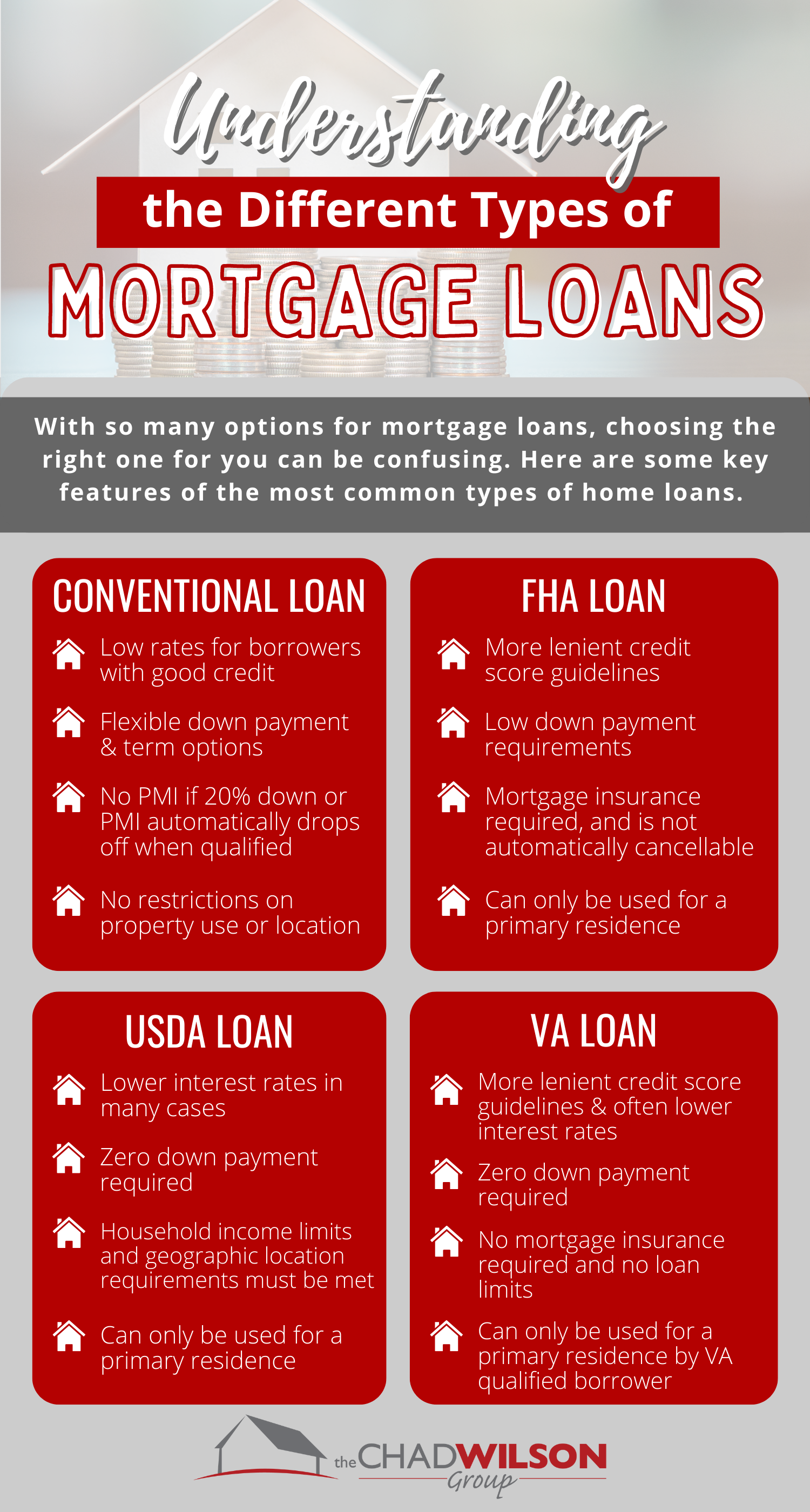The Important Factors to Consider When Picking Between Fixed-Rate and Variable-rate Mortgage Financings
When evaluating mortgage options, consumers face a crucial choice between fixed-rate and adjustable-rate finances, each presenting potential risks and unique benefits. Trick factors to consider such as rates of interest security, predictability in monthly repayments, and the ramifications of possible rate modifications can dramatically impact long-term monetary health and wellness. Understanding the awaited period of homeownership and the overall expense of borrowing can form one's strategy. As these elements intertwine with individual monetary scenarios and risk resistance, the effects of this selection may not be as simple as they appear. What nuances should be prioritized in this essential decision-making process?
Rate Of Interest Security
When picking a home mortgage, understanding interest rate stability is critical for informed decision-making. Interest rates can significantly influence the total price of a mortgage, and acknowledging the nature of these rates is essential for borrowers.
On the other hand, variable-rate mortgages (ARMs) begin with lower first prices that may alter occasionally based on market problems. While this can cause reduced payments originally, it additionally presents uncertainty, as consumers might face boosted payments if rate of interest climb. For those considering an ARM, it is crucial to examine the possibility of rate adjustments, the possibility for repayment boosts, and the size of the initial fixed-rate period.
Eventually, the selection between adjustable-rate and fixed-rate home mortgages hinges on specific risk tolerance and economic situations. Understanding rate of interest stability assists borrowers make educated choices that straighten with their lasting monetary goals.
Regular Monthly Settlement Predictability
While customers commonly prioritize rates of interest stability, the predictability of monthly payments is just as essential in the home loan choice process (Conventional mortgage loans). Monthly settlement predictability plays an essential role in budgeting and monetary preparation, as it directly affects a home owner's money circulation and general financial health and wellness
Fixed-rate home mortgages use a regular regular monthly payment throughout the life of the financing, allowing consumers to expect and intend their expenses properly. This stability can be specifically useful for newbie buyers or those on a fixed earnings, as it gets rid of the uncertainty related to rising and fall repayments.
Alternatively, variable-rate mortgages (ARMs) typically feature lower first payments that can change with time, leading to possible irregularity in month-to-month obligations. While originally attractive, this changability can complicate financial preparation, specifically if debtors do not represent future price adjustments.
Prospective Price Adjustments
In the world of adjustable-rate home mortgages (ARMs), potential price changes represent a substantial factor that borrowers need to carefully consider. Unlike fixed-rate mortgages, where the rates of interest continues to be unmodified for the life of the lending, ARMs are characterized by varying rates of interest that are connected to market indices. This variability can result in substantial adjustments in regular monthly repayments, impacting the debtor's economic planning and budgeting.
Debtors must be conscious of the margin and index made use of to calculate these adjustments, as they directly influence future interest rates. In addition, ARMs frequently consist of caps that restrict just how a lot the passion price can raise at each modification and over the life of the financing, which can give some degree of security against extreme rate hikes.
Understanding these prospective modifications is crucial for debtors, as they straight influence long-lasting settlement commitments. Therefore, evaluating personal monetary situations and take the chance of resistance is crucial when making a decision whether an ARM lines up with one's economic objectives.
Funding Term Considerations
Car loan term considerations play basics a critical duty in the decision-making process for debtors selecting in between fixed-rate and adjustable-rate home mortgages. The length of the financing term dramatically influences month-to-month repayments, rate of interest, and overall financial preparation. Fixed-rate home mortgages generally use regards to 15 to three decades, giving stability in regular monthly repayments and predictability in budgeting. This can be particularly appealing for consumers that plan to remain in the very same home long-term and prefer the certainty of set payments throughout the life of the financing.

Inevitably, customers should analyze their individual situations, economic objectives, and market problems when evaluating the implications of financing term choices within each home mortgage kind.

Total Expense of Loaning
Fixed-rate mortgages offer predictable regular monthly settlements, as the rate of interest rate remains continuous throughout the loan term. This predictability can lead to lower overall expenses, specifically additional hints in a secure or declining interest price atmosphere.
Conversely, variable-rate mortgages (ARMs) normally begin with lower first rates, leading to reduced ahead of time costs. These prices can boost after a first period, leading to potentially greater long-term prices. Borrowers have to think about the regularity and degree of price modifications, as well as the overall lending period, to properly examine the monetary implications.
In addition, the general expense of loaning encompasses not only rates of interest yet likewise fees and other connected costs, such as shutting prices and insurance policy (Conventional mortgage loans). When assessing home loan choices, customers should carry out a complete price evaluation over the life of the car loan. By doing so, they can make an educated choice that straightens with their monetary goals and run the risk of resistance
Verdict
Interest rate stability and regular monthly repayment predictability other are paramount for effective budgeting, while the possibility for rate adjustments in ARMs introduces monetary uncertainty. Additionally, the expected duration of homeownership and the overall cost of borrowing, including interest prices and associated costs, have to straighten with private financial conditions and run the risk of resistance.
Trick considerations such as interest price security, predictability in regular monthly repayments, and the effects of possible price modifications can substantially impact lasting financial wellness. Interest prices can considerably impact the overall cost of a mortgage, and recognizing the nature of these rates is essential for consumers. Unlike fixed-rate mortgages, where the interest price stays unchanged for the life of the finance, ARMs are defined by changing passion rates that are tied to market indices. Furthermore, ARMs often include caps that limit how much the passion rate can increase at each modification and over the life of the lending, which can offer some degree of protection versus radical price hikes.
Interest rate security and monthly repayment predictability are vital for effective budgeting, while the possibility for price adjustments in ARMs introduces monetary unpredictability.